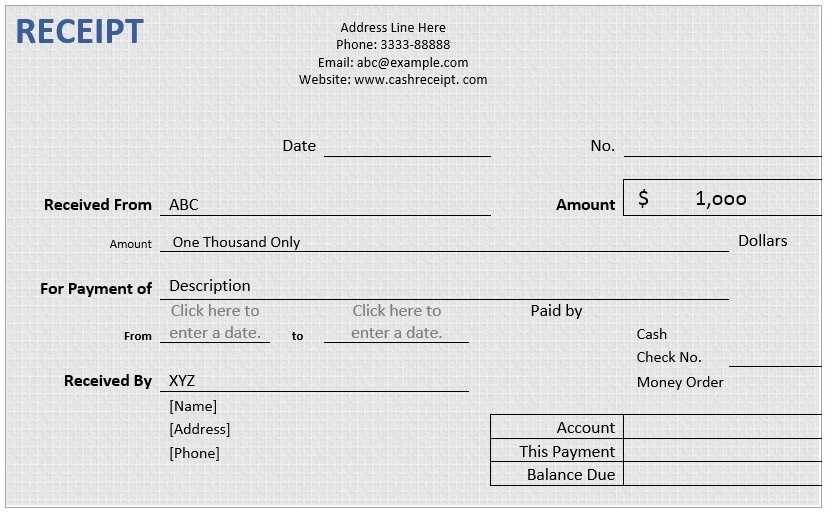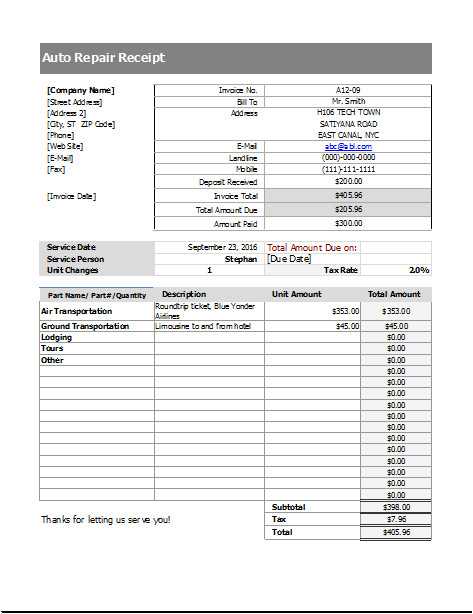
Key Elements of a Car Receipt
Make sure your car receipt includes specific details to ensure clarity and legal validity. Start with the buyer and seller information, including full names, addresses, and contact details. Then, list the car’s make, model, year, Vehicle Identification Number (VIN), and current mileage. Don’t forget to include the transaction date and the price agreed upon. If applicable, mention any warranties or guarantees provided. Finally, both parties should sign the document for verification.
Structuring the Receipt
Here’s a simple structure to follow:
- Title: “Car Sale Receipt” or “Vehicle Sale Agreement”
- Buyer Information: Name, address, and contact details
- Seller Information: Name, address, and contact details
- Vehicle Information: Make, model, VIN, year, and mileage
- Transaction Details: Sale price, payment method, and date of transaction
- Additional Terms: Any warranties or guarantees offered
- Signatures: Both buyer’s and seller’s signatures for validation
Benefits of Using a Template
Using a template helps avoid important details being left out, making it easier to finalize a car transaction smoothly. With all the required information clearly listed, both parties have a record to refer to in case of disputes or questions down the line. A well-structured receipt serves as proof of the transaction for both the buyer and the seller, ensuring transparency.
Car Receipt Template: A Comprehensive Guide
Understanding Key Elements of a Car Receipt
How to Create a Clear and Professional Car Receipt
Incorporating Legal and Tax Information in the Receipt
Best Practices for Customizing Your Receipt Template
Ensuring Accurate Payment Information on the Receipt
How to Digitally Share and Save a Car Receipt
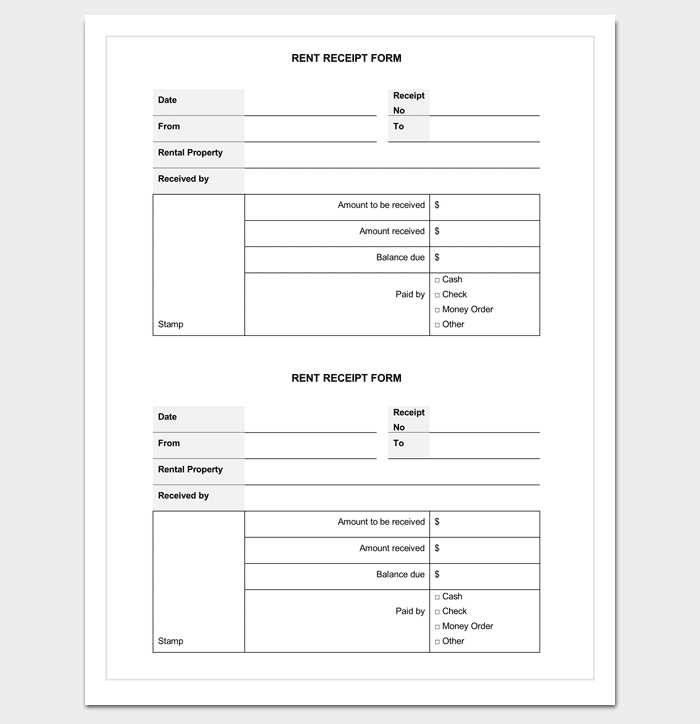
When creating a car receipt, clarity is key. Include all necessary details such as the seller’s and buyer’s information, vehicle details (make, model, year, VIN), sale price, and payment method. This ensures that both parties understand the transaction and helps avoid future disputes.
How to Create a Clear and Professional Car Receipt
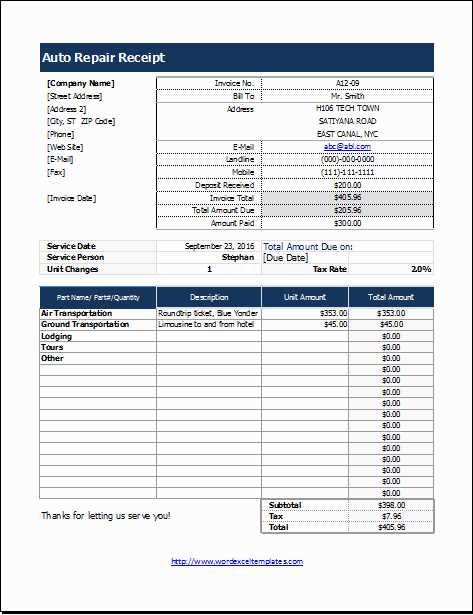
A well-structured receipt includes specific sections. Start with a title, followed by contact details of both parties. Clearly list the vehicle’s identifying details, such as the make, model, VIN, and registration number. The purchase price and payment method (cash, check, bank transfer, etc.) must also be detailed, along with the date of the transaction.
Incorporating Legal and Tax Information in the Receipt
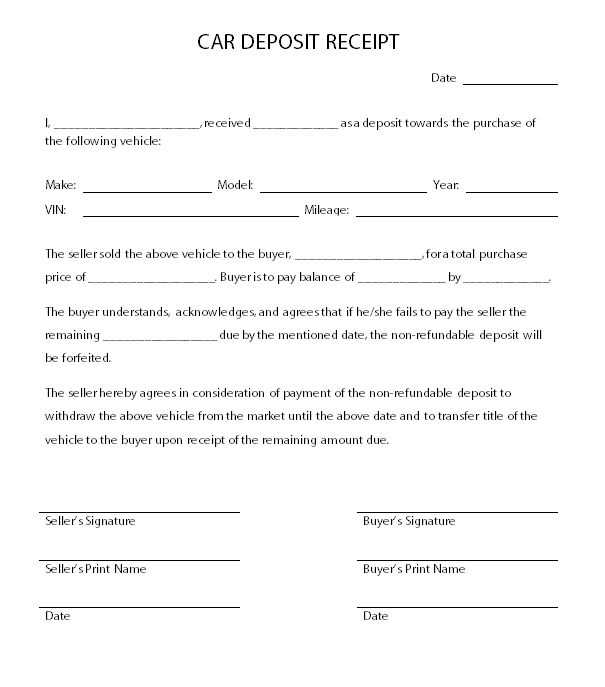
Ensure your receipt reflects any applicable legal or tax information. Depending on your location, certain taxes may apply to the sale. Include tax percentages and amounts paid to avoid confusion. If required, refer to the local laws governing vehicle sales and taxes. Always verify this information with a tax expert or legal advisor.
When customizing your template, use clear fonts and avoid unnecessary text. Keep sections well-spaced for ease of reading. It’s important to include a unique receipt number for record-keeping purposes, especially if you plan to use the receipt for warranty or registration purposes.
Accurate payment information is crucial. Double-check amounts and verify the payment method before issuing the receipt. If payments were made via installments, include the payment schedule to avoid confusion later.
Finally, to simplify record-keeping and provide easier access, consider digitally sharing and saving the car receipt. Store it in a secure file format like PDF, and email it to the buyer. This not only makes the receipt easily accessible but also prevents loss of important information.


